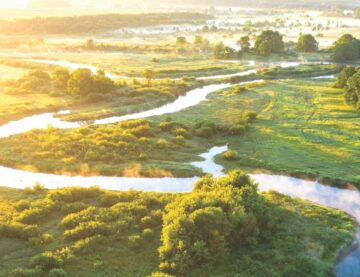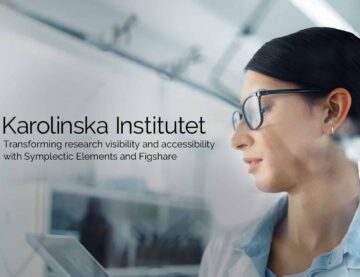Digital Science’s Latest Report Analyses Arts and Humanities Research Through Topic Modelling of Grant Applications
New Digital Research Report analyses grant applications in arts and humanities research and unveils an innovative and richer understanding of the research activity in these disciplines
London, UK: November 22 2017: Technology company Digital Science, working with the Arts and Humanities Research Council (AHRC), has released its latest Digital Research Report on: “Topic Modelling of Research in the Arts and Humanities.” The report is an analysis of AHRC grant applications and details new topic modelling applications for analysing research funding data. This is the first time these methods have been applied to a national funding dataset of research grants and one of the first comprehensive analytical views across research in the arts and humanities.
AHRC commissioned Digital Science’s Consultancy team to apply innovative techniques to create new perspectives on the Research Council’s competitively funded research. By processing the title and abstract text of ten years ( 2005 through 2016) of AHRC grant applications, the analysis unlocks rich information about previously marginalised areas of research activity. This analytical approach draws novel and informative interpretations previously unavailable to research funders.
Key insights include:
- Understanding techniques which can be used to explore the profile of AHRC’s applications through time including topics such as the creative industries, and conflict studies.
- The map of the research landscape uncovers novel links between topics.
- Topic mapping that crosses established classifications highlights multidisciplinarity and reveals the way methodology is shared by multiple fields.
The report offers:
- Topical distribution of funded and unfunded applications across time.
- The changing relative frequency of specific topic areas in each year.
- Detailed focus on grants attributed to specific external and policy areas such as commerce and industry, or to climate change
- An analysis of the connection between analytically-assigned topics and researcher-assigned subject categories
- A heatmap highlighting topics that steadily increased and those that decline or become absorbed into other areas over the period
- A network diagram that shows the overall landscape of the AHRC’s research content
Jonathan Adams, Chief Scientist, Digital Science said:
“This report provides a new picture of the research landscape in the arts and humanities. Analytical approaches have previously been limited to science and technology research areas but we can now look right across the research base on a truly comparable basis.This kind of analysis can then be used as a basis for comparison, for example, by highlighting the different areas of the network that correspond to applications from particular universities. Alternatively, it may uncover interdisciplinary work where clusters of topical applications appear, or it may identify areas of research that are relatively isolated.’
Sumi David, Strategic Lead – Strategic Planning, Evidence and Impact, Arts and Humanities Research Council said:
“Our ability to use novel techniques for data analyses has been transformed by recent advances in computing technology and data availability. These digital transformations, including the developments in digital humanities, will allow us to better tackle entire publication corpuses including books, their chapters, conference series, grey literature, public reports and other media. This analysis of applications summaries is the first of its kind, but there is still much more to be done. This report is a starting point as we continue to explore the ways in which research activity can be understood.”
You can download the report on Figshare here.
Notes for Editors
Digital Science is a technology company serving the needs of scientific and research communities at key points along the full cycle of research. We invest in, nurture and support innovative businesses and technologies that make all parts of the research process more open, efficient and effective. We believe that together, we can change research for good.
Visit www.digital-science.com
The Arts and Humanities Research Council (AHRC) funds world-class, independent researchers in a wide range of subjects: ancient history, modern dance, archaeology, digital content, philosophy, English literature, design, the creative and performing arts, and much more. This financial year the AHRC will spend approximately £98m to fund research and postgraduate training in collaboration with a number of partners. The quality and range of research supported by this investment of public funds not only provides social and cultural benefits but also contributes to the economic success of the UK. For further information on the AHRC, please go to:www.ahrc.ac.uk
* Strength of our methodology
- Bottom up approach in classification, which highlights multidisciplinarity, with the potential to inform research management (e.g. suggest areas where collaboration could happen when there is a share of methodology)
- Use of compound words to ensure specific concepts are correctly captured: crucial when considering academic text from different field.
- Create appealing visualisations to communicate complex analysis with stakeholders
- Work with experts to interpret topics and select adequate number of topics
- Long time period, which shows shift in research interest



